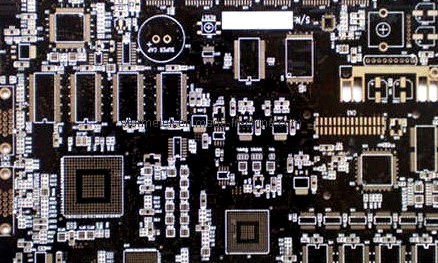Color for PCB Process Control
Here’s a Lean hint: Add a tint for distinguishing boards.
Some colors are so standardized that changing them serves no purpose and could indeed be counterproductive or even dangerous. Change the stop/caution/go lights from red/amber/green to blue/pink/yellow and you’ll have mass confusion and injury. If invited to a black tie event, you would know what to wear, but an event called “paisley tie” . . . maybe not. Printed circuit boards are always green – except when they’re not.
In the kaizen process to improve manufacturing quality and reduce cost, one of the five S’s is seiketsu, or maintaining high standards of housekeeping and workplace organization at all times. This can be accomplished by devising color schemes so distinct that one knows at a glance an object’s nature or purpose. This could be applied to printed circuit boards by using a colored solder mask to shout out its nature.

Internally one could use green to represent “lead solder boards – do not run on the RoHS line.” Blue, then, could mean “RoHS – set the temperature profile accordingly.” Red could be used for “Prototypes – do not ship to customers without engineering approval.” And black could mean commercial avionics, while gold represents DoD equipment requiring special documentation.
Externally the board color could be standardized to ensure proper electrical connection in the field. Green could mean low voltage; yellow could indicate 120V line voltage, and violet could indicate multi-phase high voltage.

Marketing could color code the boards based on market segment, allowing them to trace returns from one country, to sales made to other territories or gray markets.
Three really nice features of solder mask color coding are 1) the color could be seen from a distance without having to search for and read a small label; 2) the color remains for the life of the board and could not be removed, and 3) there is no cost. Virtually all PCB vendors already stock a variety of colors, and to get your business, many would color match anything for free, even your boss’s red Ferrari.


ROBERT SIMON is a veteran of technology development and marketing, having worked R&D and marketing for electronics, polymer, and metal companies, including Bayer AG and Battelle Memorial Institute, before founding USTEK Inc.; This email address is being protected from spambots. You need JavaScript enabled to view it..







